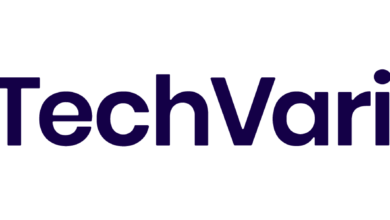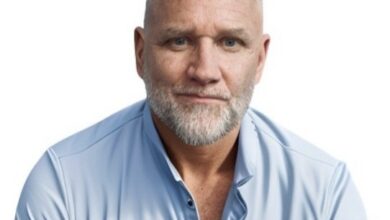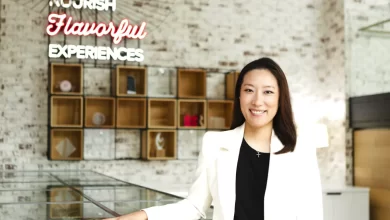Interview With Product Leader Yue Zhao

Product Leader Yue Zhao
Yue Zhao
These days, Yue spends her time in Barcelona as a career coach, mentoring Senior and Director-level product managers to lift them to the C-Suite, especially for those from underrepresented backgrounds. She wrote The Uncommon Executive about her work helping such managers break into executive roles, and it brings meaning to her everyday life to be able to help others reach their potential. But Yue was not always a career coach; she got where she is today by leading product at Thumbtack, Meta, and as Chief Product and Technology Officer at Fuzzy Pet Health.
In this interview, Yue shares an example of how she leveraged behavioral design in her work at Thumbtack through the design of an onboarding questionnaire. And she found, perhaps surprisingly, that adding friction to the process in the form of additional questions actually led to higher conversion.
Tell me something I don’t know. (Anything!)
The cobblestone designs of the sidewalks in Barcelona are of flowers.
Which fiction book would you recommend to product leaders? Why?
The Boy, the Mole, the Fox and the Horse by Charlie Mackesy. So many important life lessons. It is easy to lose your priorities in life when leading and building products as it is so fast paced, ever-changing, and complex. It’s important not to lose sight of some of the perhaps more important things in life like family and friends.
How have you leveraged behavioral design in your work? What was the result?
When I worked at Thumbtack, one of the most critical elements of the customer experience, and the first touch point, was the request form. This is where customers answered a series of questions about their project and the type of service they were looking for (like TV mounting, piano lessons, or interior painting).
We found that, contrary to popular belief, conversion – the number of people finishing the questionnaire – increased as the form got longer and more detailed (approx +15% from 5 to 12 questions), and still did not decrease when we added more questions (from 12 to 20). This was because the longer form signaled expertise on Thumbtack’s side in understanding what was important in finding a great service for the project. The customer may not have thought through all the details required to find the best bedroom painter, for example, so prompting them to think through these aspects (like which areas to paint, type of paint, color, budget, and so on) led them to appreciate the service to a higher degree.
We also found that many users experienced the multiple choice questionnaire as an enjoyable process, particularly for more creative services like finding a wedding florist or interior painter. And finally, users put in a greater investment with the longer questionnaire, leading them to be more likely to continue due to the sunk cost effect.
What’s your biggest barrier to getting things done as a product leader?
The caliber of my team.
What gap do you see in typical product strategy that behavioral insights can fill?
Typical product strategies contain “data and research,” but few dive deep into the nuances of behavior in a way that truly understands the mind of the user in that moment. We don’t dive deep enough into the “why” before we start posing potential solutions. It is starting with behavioral insights that we can more quickly get to a solution that produces the desired user behavior.
How do you see product management evolving over the next 5 years? What are your hopes for the practice?
Creativity and empathy will become much more critical traits for great product leaders. As the project management (and to some extent generic strategy generation) become commoditized by AI, product managers will be increasingly assessed on their ability to refine and tailor strategies and solutions based on core customer needs in a way that resonates.
I’ve always considered it important for product leaders to also understand the business and how it makes sense. Therefore, I hope future product leaders are increasingly also P&L owners of the business.
What advice would you give product leaders hoping to design for humans?
Visit your humans in their native habitat during different times of the day, and observe carefully. Ask a lot of “why” questions like a three year old, and listen.
Yue Zhao is a career coach for senior managers and directors. She has coached hundreds of aspiring executives and helped them breakthrough and unstick their careers.
Separately, Yue is a venture partner with LifeX Ventures, an $100M early-stage fund investing in Healthtech and Climatech. Prior she was the Chief Product & Technology officer at Fuzzy Pet Health (Series C, Matrix, Greycroft), PM manager at Meta, and first PM at Thumbtack (Series I, Sequoia, Google Ventures).
Yue started her career with McKinsey and Company and dabbled in entrepreneurship with a failed wine startup. She has an MBA from Harvard Business School and Bachelors from University of California Berkeley in Biomedical Engineering.



